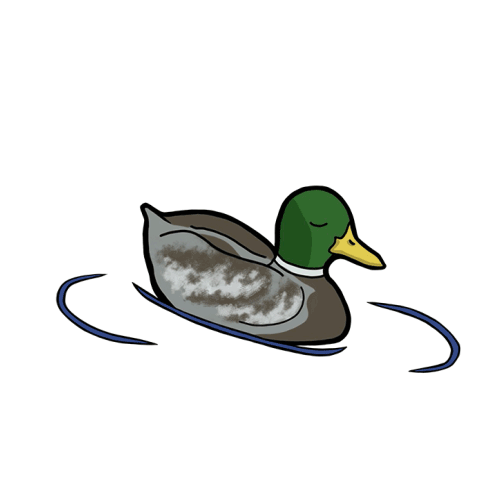Opinion: Stuffed animals aren’t childish, but a keystone of college culture
- Gimena Baez Baez, Staff Writer
- Oct 23
- 3 min read

Fluffy, stuffed and charming: a child’s trusty sidekick. Stuffed animals are common objects of comfort and can function in various ways. They can be a bedtime companion, a soft shoulder to cry on after a stressful midterm, and, depending on the brand, a cute heating pad. These objects serve many purposes that children often overlook. Whether it’s a ratty, washed-out teddy from childhood or a new fuzzy friend, owning a stuffed animal isn’t childish. In fact, it’s college culture.
Early in the college packing process, I was aware that I could not bring my entire stuffed animal collection. Bringing a stuffed animal at all concerned me a little because of the potential for judgment. As I acclimated to the Willamette community, I realized something. In an environment where stress is everywhere, people are burning out left and right, and final papers are due seemingly every other day, it’s only natural to own a comforting object when one’s usual friends and family are unavailable.
After speaking with Willamette students, it’s clear that many of them wholeheartedly accept stuffed animals, even in college. Kate Rivera (’26) described stuffed animals as “excellent, perfect, amazing.” She continued, “Every baddie I’ve ever known sleeps with stuffed animals, still,” and she claimed that it “really says something about our society.”
For Willamette specifically, as a campus that has a majority female student population — 62% female to 38% male, according to the The Princeton Review — a figure which certainly discounts a substantial portion of nonbinary students — and approximately 31% students of color, there is a possibility that the diverse backgrounds of our students lead to a more accepting environment for those who, for example, still sleep with stuffed animals. In a college climate where everyone needs to appear stoic and collected, it is understandable to own an object whose sole purpose is to provide comfort. Maintaining a façade of composure is challenging, and being able to lower your guard is crucial in promoting the mental health of students. Those who have been exposed to marginalization and discrimination and don’t “fit the norm” could be more accepting of others who also don’t fit the norm, even if it’s a wildly different circumstance.
An important point was brought forth by Thaddeus Laken Payne Billingslea (’29). He identified that stores need to “raise the size” of stuffed animals due to a lack of variation within the current market. With a staggering amount of adults still purchasing and owning stuffed animals, it’s fair to ask for more size variety. A child-sized plush isn’t as satisfactory to cuddle with as a larger one that’s been scaled for an adult. Furthermore, truly jumbo-sized stuffed animals are mostly available around the holiday season, which doesn’t seem fair for those who want non-holiday-themed jumbo-sized companions.
Lainey Hickman (’28) said that stuffed animals are “overhated.” They further stated that others “shouldn’t rain on their parade. … People need to be more whimsical.” Though plushies aren’t everyone’s comfort, they explained that we should all be accepting of those who do use stuffed animals as a reset and appreciate the sillier side of life.
Overall, it seems clear — and many on Willamette’s campus would agree — that stuffed animals should be destigmatized for people of all ages. These student sentiments are great news for the campus bookstore, since it even sells a Bearcat Fred Bear plush if you’re really feeling the Bearcat pride. Now, whether this widespread acceptance is due to the university’s student body demographics, coincidence, or some other confounding factor, it’s unclear. Either way, it seems that stuffed animals are an intrinsic part of college culture: a decoration in a dorm room, a reminder of home or a plush sold at the student bookstore. They’re here and they’re not going away any time soon, childish or not.
